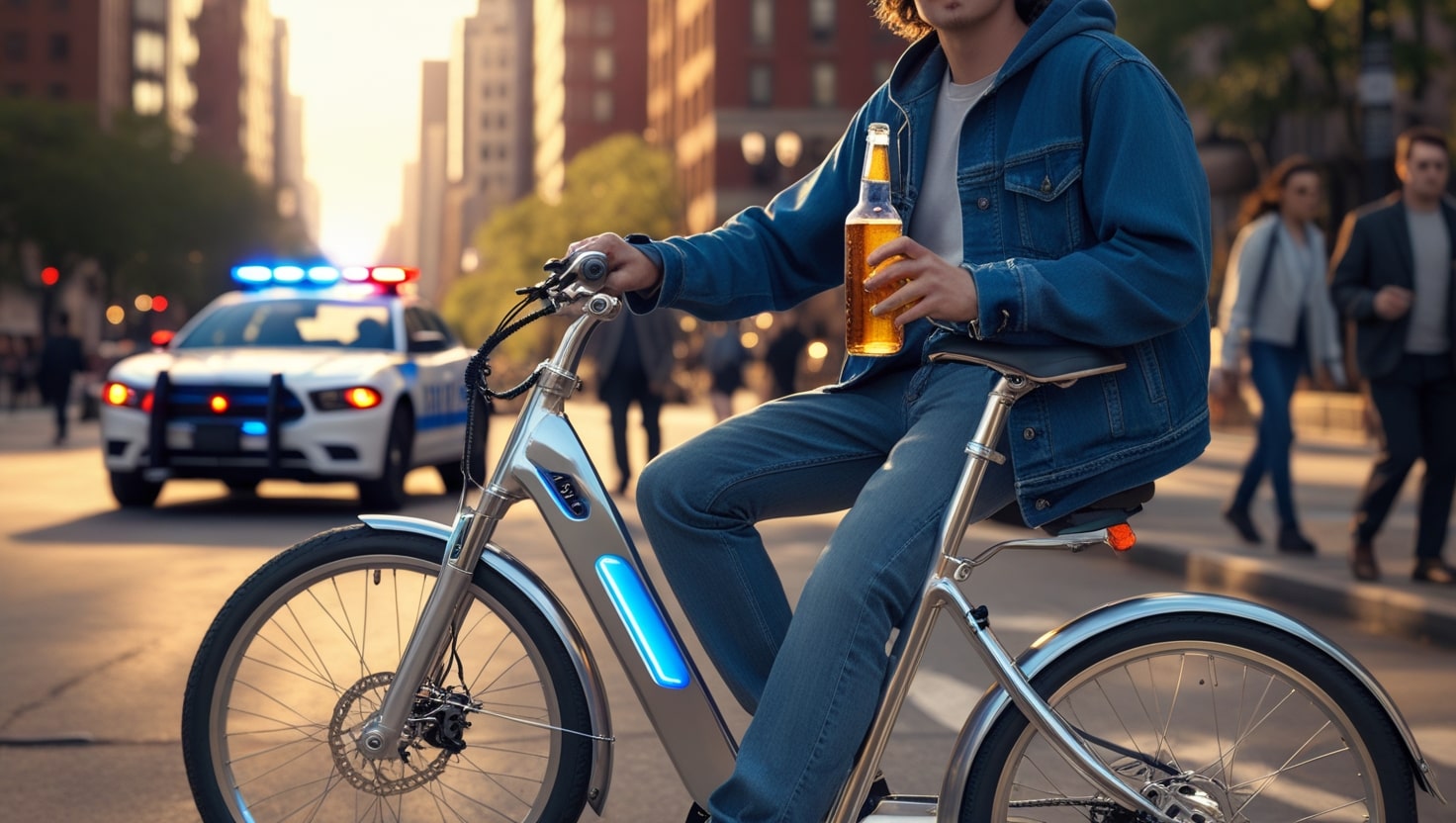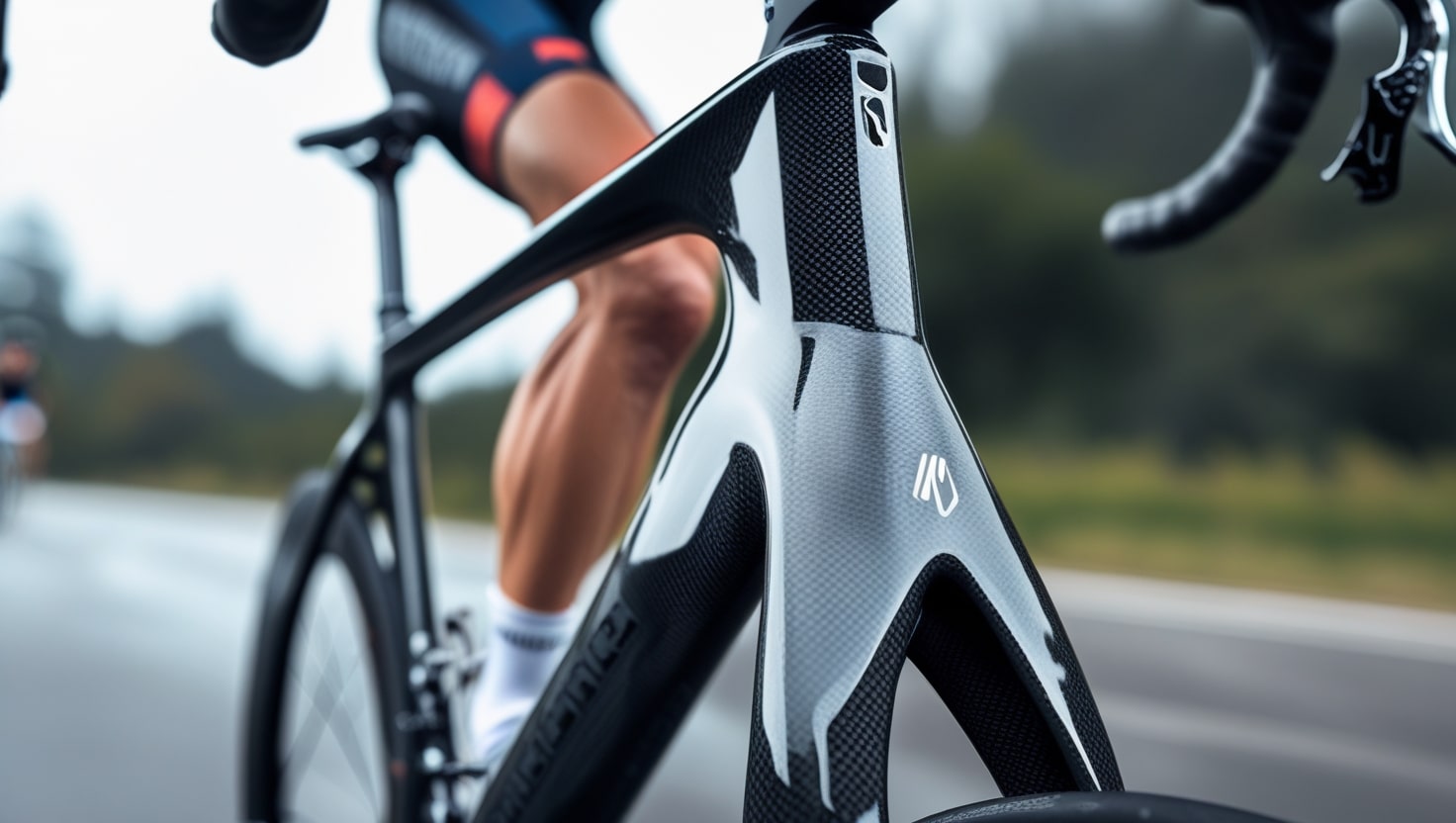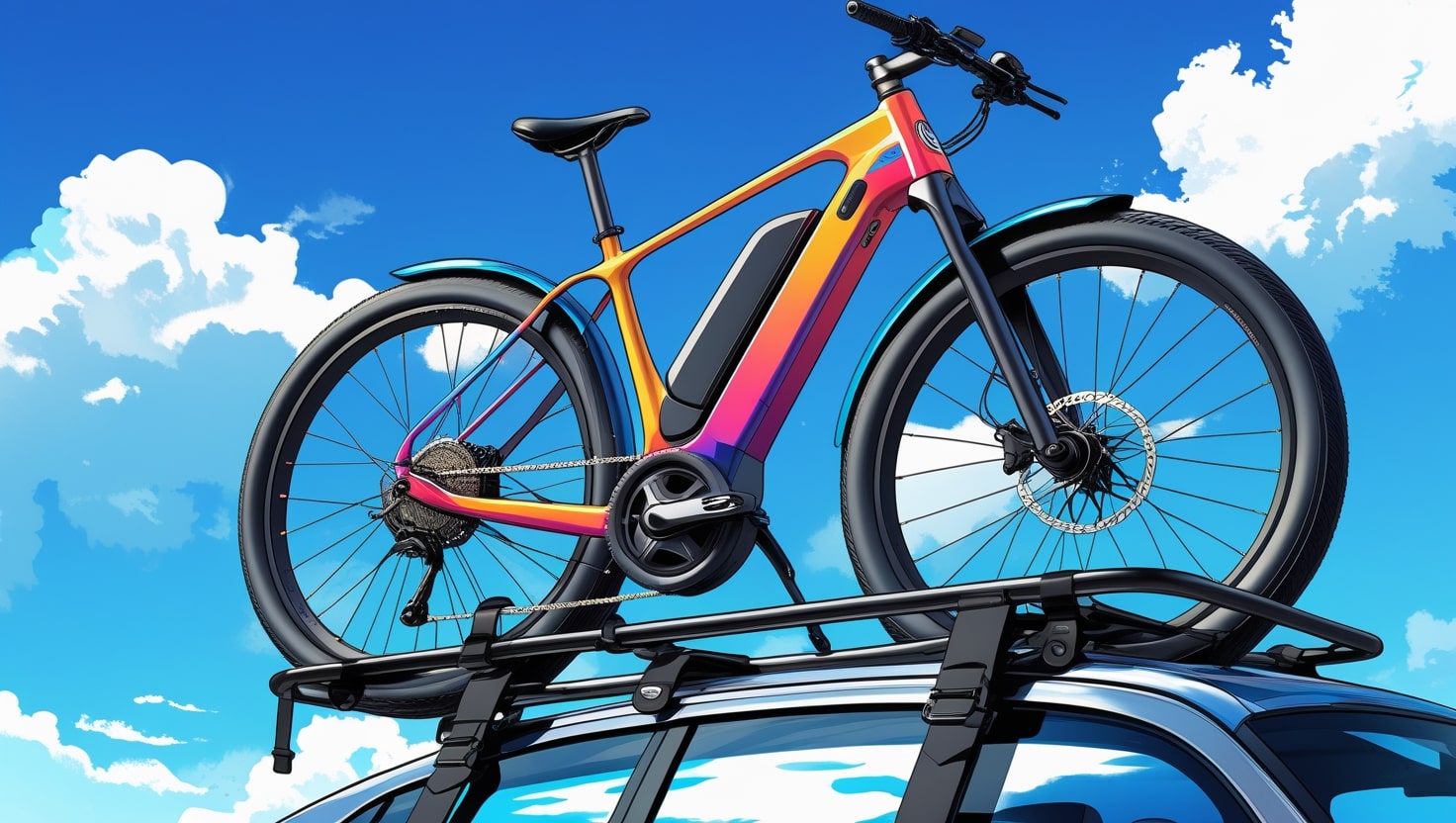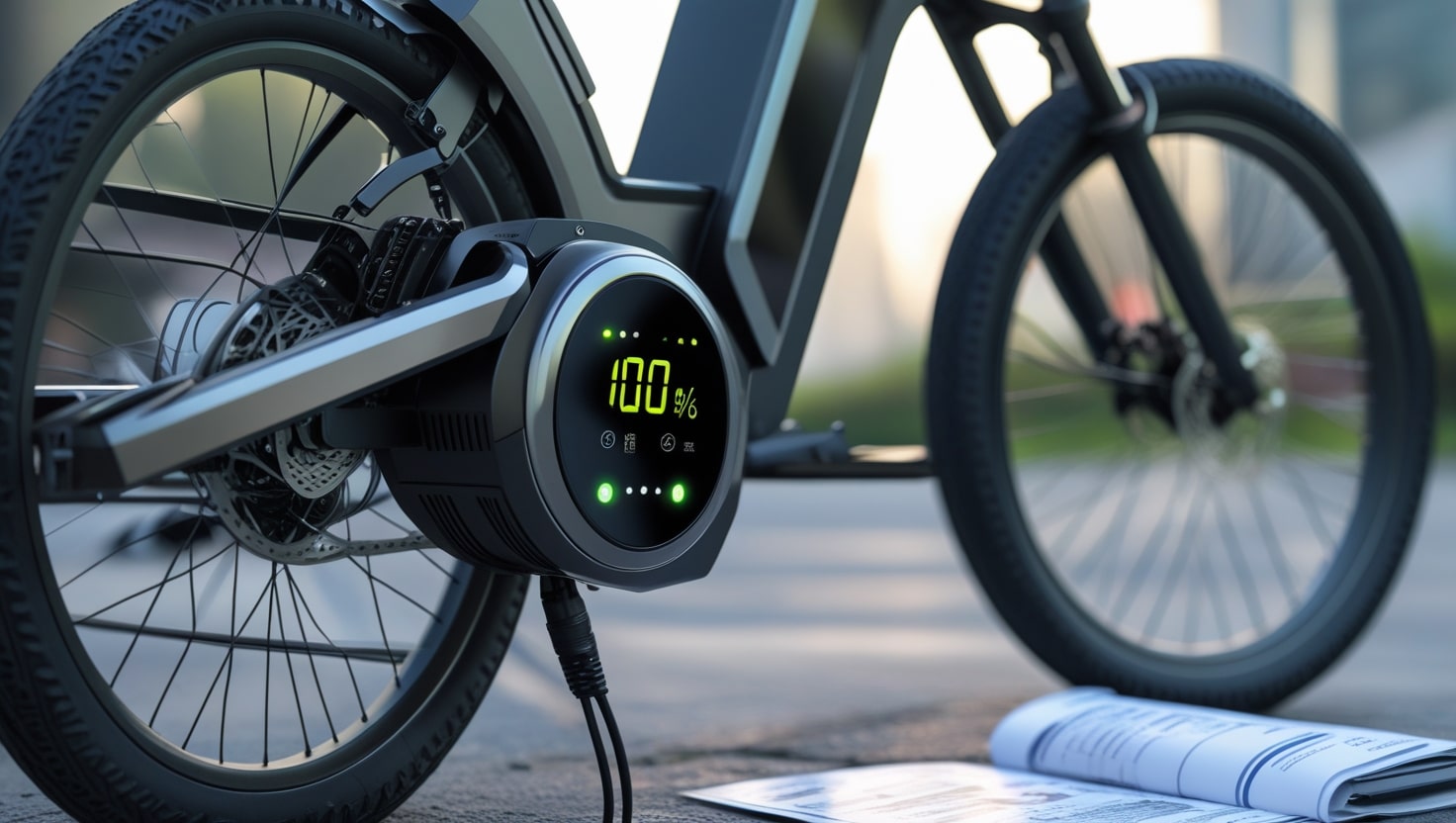A literbike is a motorcycle with an engine size of 1,000 cc, equivalent to 1,000 milliliters or one liter. This is why a 250 cc motorcycle is sometimes referred to as a quarter-liter bike. At first glance, the concept seems simple.
However, the term “literbike” is more complex. For instance, does the Ducati 999 or the Honda 929 qualify? What about Kawasaki’s ZX-12 or ZX-14, or even Harley’s Big Twins? Defining a literbike by just 1,000 cubic centimeters alone is not always enough, especially for the literalist. The definition can be strict, but the reality is often more complicated.
Brief history of the literbike
The history of liter-displacing engines dates back to the earliest days of motorcycling. The first American 90-degree V-twin engine, the 1,000 cc 1908 Marsh-Metz, was a pioneering model. Similarly, the renowned Brough Superior SS100 and the legendary Vincent Black Shadow had engines close to 998 cc. Manufacturers were attracted to the liter engine due to its compatibility with various shapes and sizes of motorcycles. A liter’s worth of displacement fit well into the full-size motorcycle silhouette, especially for multi-cylinder designs. Plus, 1,000 is a round number that just sounds good.
The allure of these amazing machines is undeniable, yet they weren’t initially synonymous with literbikes. Despite their significant role in motorcycle history, models like the Brough Superiors and Vincents don’t typically come to mind when thinking of literbikes. The modern understanding of the word emerged when manufacturers began extracting more power from displacement. This shift highlighted the potential for much greater power.
- Related Post
- best bikes to build a cafe racer
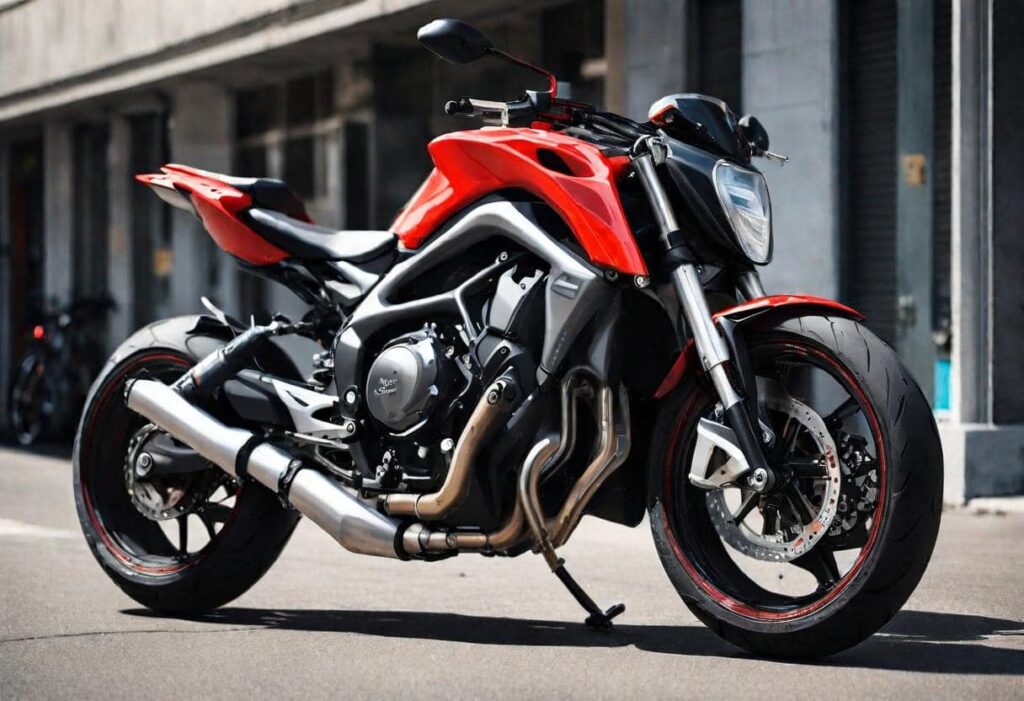
Initially, the challenge was that displacement alone didn’t limit performance; the efficiency of the engines was crucial. Over time, motorcycle engines improved significantly, converting more “bang” into “go.” To handle this newfound power, big bikes required upgraded brakes, frames, suspensions, and even added comfort for long rides. These high-spec components became synonymous with large, powerful motorcycles.
By the 1970s and 1980s, performance motorcycles with big engines needed aerodynamic designs to achieve their full potential. Suzuki’s first literbike, the GS1000, came in multiple flavors, such as the GS1000S with sporty controls and bodywork, and the GS1000R XR69, a full-on race bike. These models epitomized what a literbike should be, more so than the more relaxed GS1000L factory-custom cruiser, even though they all shared the same basic engine. Generally, the closer a large motorcycle was to cutting-edge performance, the more likely it was to be called a literbike.
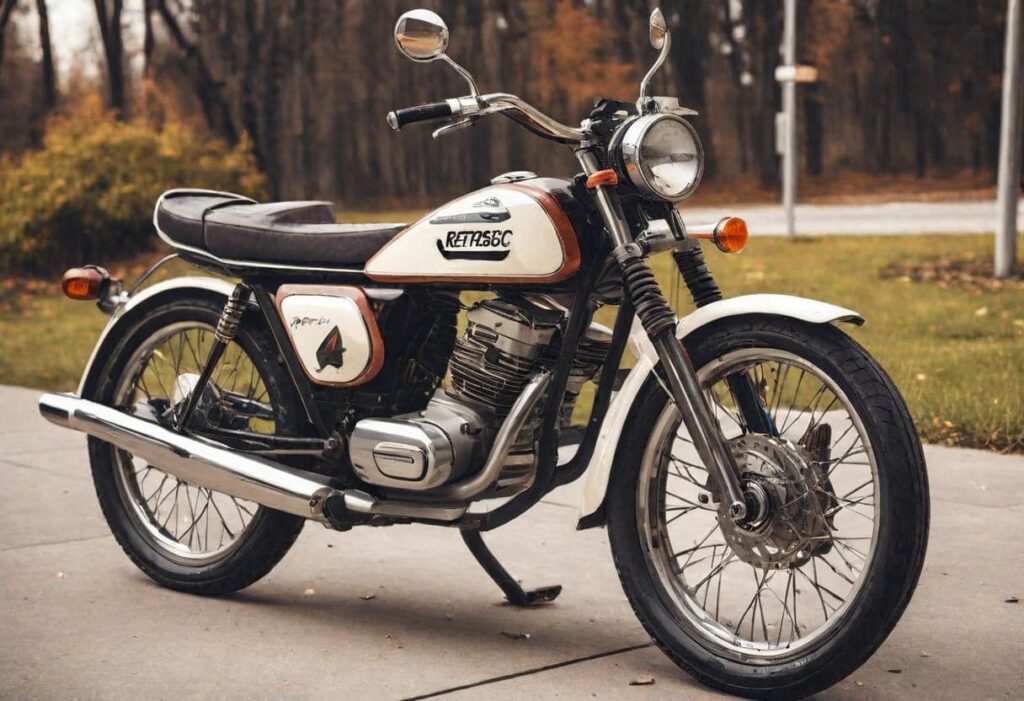
In the 1990s, fast-production bikes often featured extensive bodywork or fairings, a common trait in literbikes today. Race replicas like the Yamaha FZR-1000 and the Kawasaki ZX-10 were known for being fast, light, and exceptionally well-handling. Naked versions of these sporty models also gained popularity, offering similar performance without the fragile plastics and cramped seating positions. Even today, large naked bikes with sporty roots are often referred to as literbikes.
The early 2000s saw rule changes in World Superbike (WSBK) and MotoGP, sparking renewed interest in liter-class race bikes. This led to increased demand from street riders eager to experience this high-performance action, making bikes like the Yamaha YZF-R1 notable sales successes. You may also like to read Best Backpacks for Motorcycle
What’s a literbike today?
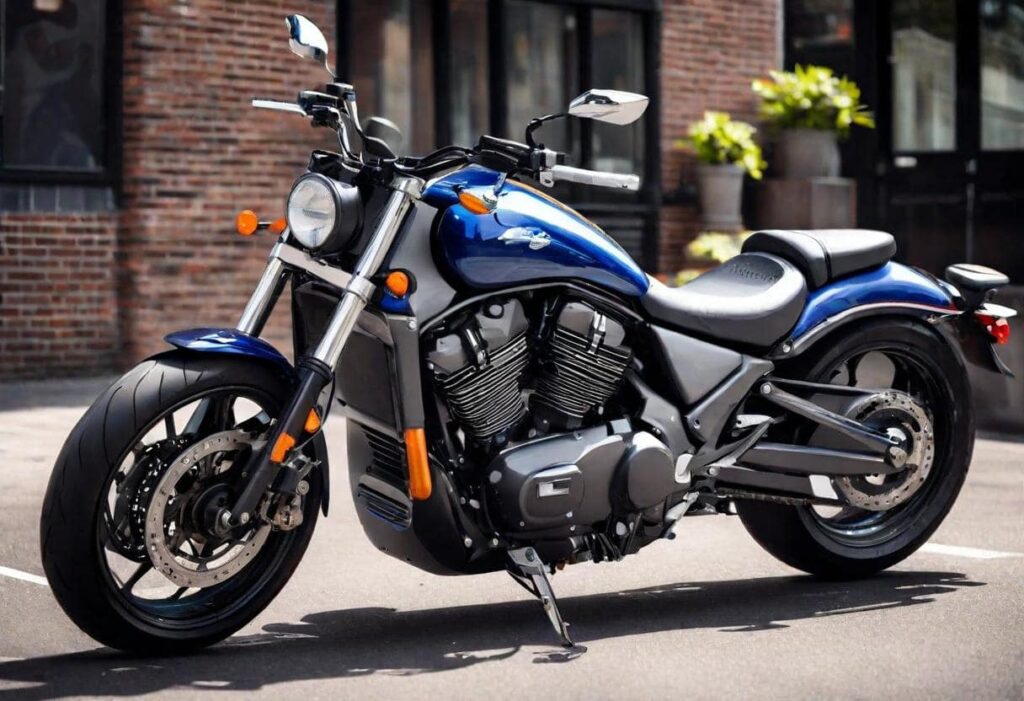
A literbike is typically defined by its engine displacement of around 1,000 cc, but there’s no hard and fast definition. Generally, a literbike refers to a sport bike or performance-oriented motorcycle with an engine size within 100 cc of 1,000 cc. If a bike competes in World Superbike, it’s often safe to call it a literbike, except for some cases like the 1,198 cc Ducati, which sparks debate. While literbikes are built for speed and agility, you wouldn’t classify a new Gold Wing with its 1,800 cc engine as a literbike. The same goes for cruisers, classic tourers, or large ADV bikes like the Africa Twin. These motorcycles are not typically featured in Literbike Shootout articles due to their different design and purpose.
Take Spurgeon‘s 2017 Yamaha FZ-10 as an example, which you can confidently call a literbike. If you’re still confused, that’s normal because definitions can vary. However, if the bike in question is fast, has around 1,000 cc, and boasts an aggressive power-to-weight ratio, you’re likely looking at a literbike.
Should I start on a literbike?
From my research, this question is asked on the internet every 0.09 seconds. While literbikes are powerful and exciting, you won’t find them on lists of top beginner bikes. Starting on such a high-performance motorcycle can be daunting for new riders.
Should I start on a leaderbike?
No. If you’re considering starting on a literbike, you should check your spelling and rethink your choice.
FAQs
How fast can a liter bike go?
A liter bike can reach incredible speeds, often exceeding 200 mph. These powerful motorcycles are designed for high performance, making them suitable for experienced riders.
Is a 750 a liter bike?
A 750 cc motorcycle is not considered a liter bike. Liter bikes typically have engines close to 1,000 cc, providing more power and performance. While a 750 can be fast and agile, it doesn’t match the sheer capability of a true liter bike.
Is a Yamaha r1 a liter bike?
Yes, the Yamaha R1 is a liter bike. With its 1,000 cc engine, it fits the definition perfectly, delivering high performance and power.
What does 1000cc mean on a motorcycle?
1000cc on a motorcycle refers to the engine’s displacement, meaning the volume of air and fuel it can move. A liter bike typically has an engine close to 1000cc, providing high power and performance.
What is the difference between a 600 and a Litre bike?
A 600cc motorcycle and a liter bike differ mainly in engine displacement and power. A 600cc bike is lighter and easier to handle, making it suitable for less experienced riders. In contrast, a liter bike has a 1000cc engine, providing significantly more power and speed.
What is the fastest liter bike?
The fastest liter bike is often considered to be the Kawasaki Ninja H2R, with a 1,000cc engine delivering over 300 horsepower. This high-performance motorcycle can reach speeds exceeding 200 mph. Designed for track use, the Ninja H2R showcases the peak of power and engineering in liter bikes, making it a top choice for those seeking extreme speed and performance.


